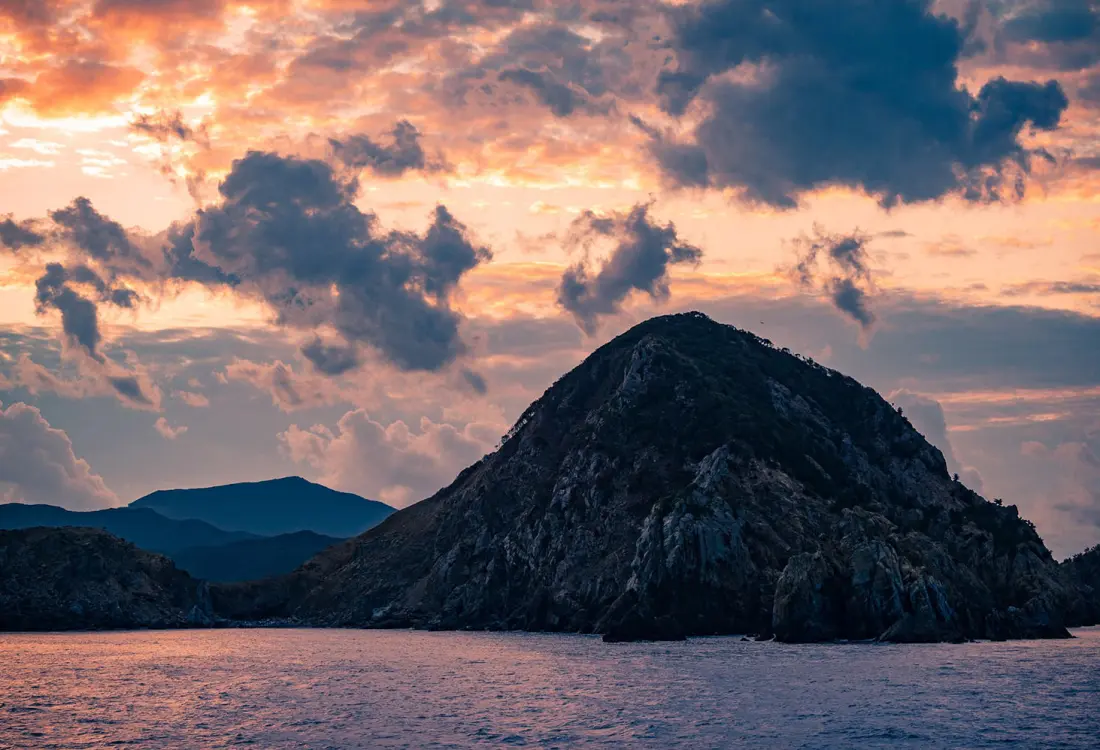
Travel to Goto Islands in Nagasaki
Where Luxury and Convenience Awaits
The ferry hummed along, gliding across the smooth waters off the western coast of Kyushu. I stood on the upper deck, the cool ocean air on my face, as we silently slipped between small islands of jagged rock, jutting skyward out of the calm sea. With each passing minute, the warm hues of dawn crept further over the dramatic landscape of sky, land, and sea as we drew nearer to our destination, Fukue, the largest of the Goto Islands.

The overnight ferry from Fukuoka is not the quickest way to reach Fukue Island. Still, the slower journey and incredible pre-dawn landscapes might be the best way to prepare yourself for the destination that lies ahead. The ferry has common areas for sleeping, eating, and relaxing, as well as private rooms for those who prefer them. COVID protection measures are in place, and there are two open decks where you can go outside to get fresh air and enjoy the scenery.

I arrived at the Fukue Ferry Port at 8:15 in the morning, feeling fresh and ready for a day of adventure, despite being awake since dawn enjoying the morning landscapes from the ferry. Perhaps I drew my energy from the islands themselves, born from seismic activity and volcanic eruptions long ago, creating these small portions of a fertile paradise off the coast of Nagasaki.
Indeed, one of the volcanoes that helped form Fukue should be your first stop on the island. After renting an electric car (public charging ports are available all over the island), zip over to Onidake, the largest of several dormant volcanoes on the island. It is an easy 20-minute hike to the top of the volcano from the parking lot, where you'll be treated to a panoramic view of the city center, the surrounding countryside, and endless calm blue seas. If you enjoy stargazing, save this hike until the end of the day, when you can watch the sunset from the summit before visiting the Onidake Observatory and get a closeup view of the night sky through their 60-centimeter Newtonian reflecting telescope.

The evidence of Onidake’s ancient eruption is most visible on the eastern part of the island, particularly along the coastline near the Abunze Visitor Center. Here, I viewed the rugged coastline with jagged black lava rock from an observation platform, the dormant remains of two smaller volcanoes in the distance. The visitor center itself houses a modest collection of natural, historical, and cultural items of Fukue and its surrounding islands.

Further down the coastline, I stopped to dip my toes in the gentle surf at Kojushi Beach, a popular destination for locals during the summer holiday period but often uncrowded the rest of the year. On the ridge above the beach is Tsubaki Chaya, a restaurant specializing in local cuisine grilled at your table on a Japanese hearth called an irori. I sampled salted and grilled flying fish, beautiful green scallops, island-grown vegetables, and kankori mochi, a particular type of mochi (pounded rice) from Goto, flavored with sweet potatoes. I enjoyed this enormous meal while taking in a commanding view of the coastline through the restaurant’s floor-to-ceiling windows.

As my first day on Fukue came to an end, I pulled into my accommodations at Nordisk Village. This curious collaboration between Danish outdoor product manufacturer Nordisk and a group of Japanese entrepreneurs has resulted in a location that puts a capital ‘G’ in the word “glamping.” Adjacent to fields of golden rice stalks and walking distance from the seashore, Nordisk Village is a collection of fully furnished luxury canvas tents and a renovated old schoolhouse that hosts a business office, common areas, a few private rooms, and a restaurant. After settling into my tent, which had two fluffy beds, a small table and chair, a small refrigerator, and even a Bluetooth speaker (and free Wi-Fi), my hosts started a campfire outside my tent for me to enjoy as dusk settled over the camp. Full bathrooms and showers are shared among the guests, though kept immaculately clean, with hand sanitizers both inside and outside the facilities.


Though I had more than my fill of camping during my childhood, Nordisk Village was an experience much closer to staying at a comfortable hotel. The Nordisk tents were spacious, and the climate control unit kept the temperature in the tent perfect all night long. Apart from the peaceful sounds of the insects chirping in the nearby rice fields and forest, it was indistinguishable from staying in a luxury hotel room. So whether you prefer camping close to nature or the comforts of a hotel, Nordisk Village suits both tastes.
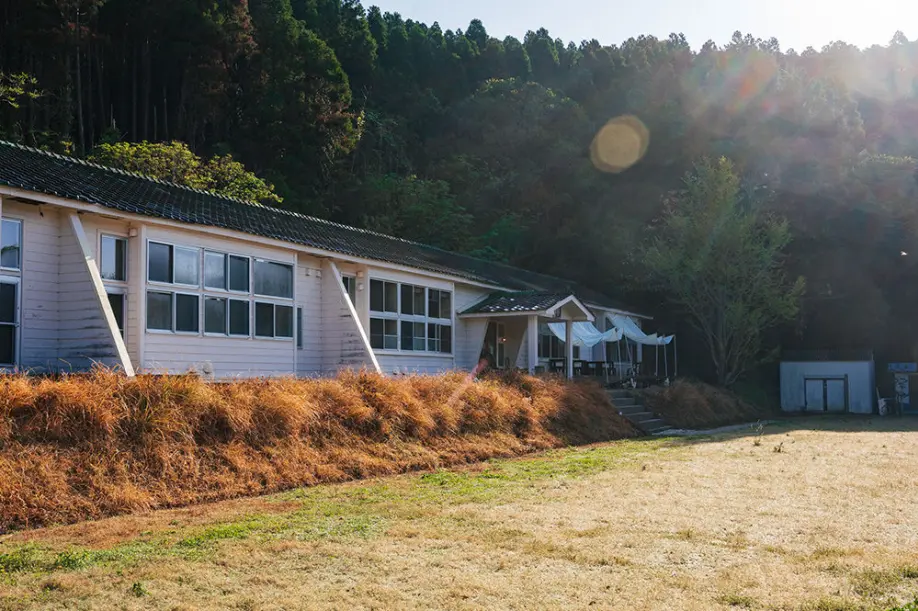
Beyond the natural beauty of Fukue, visitors can come to the island to explore a lesser-known aspect of Japanese history. The Edo Period of Japan (1603-1868) is best known for Shogun, samurai, and being one of the longest eras of peace in Japanese history. However, it was also a period of intense persecution for Japanese Christians. Although the persecution had begun before the Edo era, Shogun Tokugawa Ieyasu formally expelled the Portuguese Jesuits from Japan in 1612 and declared Christianity illegal. Those found to practice Christianity were imprisoned, tortured, and murdered, often along with their families or entire villages. Fearing for their own lives and those of their loved ones, many Japanese Christians chose to go into hiding, practicing their faith in secret and fleeing areas where Christianity was once prevalent.
The persecution drove many of these “Hidden Christians” to the Goto Islands, where they practiced their faith under the disguise of Buddhism and Shintoism. This continued until 1873 when the ban on Christianity in Japan was finally lifted, and the Hidden Christians were able to emerge from hiding. Many groups rejoined the Catholic Church and set about building places of worship around the islands. Fukue Island hosts many of these churches, several of which have been identified as UNESCO World Heritage sites in 2018.
You can start your discovery of Japan’s Hidden Christians by visiting Dozaki Church, an elegant gothic-style church near the emerald waters of Okuura Bay. Dozaki was the first Christian church commissioned on Fukue after the ban on Christianity was lifted, built in the late 1800s by French missionaries. This lovely church is no longer a place of worship but serves as a museum housing relics from Hidden Christians’ history.

Further west, Mizunoura Church is a white wooden church that stands picture-perfect on a hillside near the sparkling Shiraishiura Bay. On the hill above the church is a stone monument to Saint John De Goto, one of the 26 Christian martyrs of Nagasaki who was crucified after being forced on a month-long march through hostile crowds from their trial in Kyoto. The carved face of the young martyr exudes hope and peace as he gazes upwards toward the heavens.
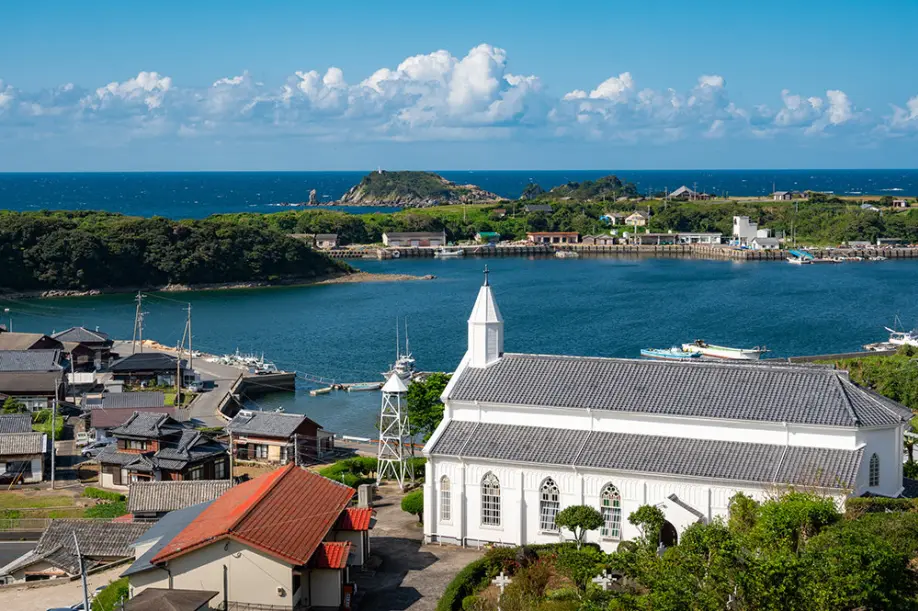
Not far from Mizunoura Church, the Kusuhara Church is another stunning brick church with a tragic history. The Kusuhara area was settled by Christians, who hid their faith carefully throughout the Edo Period. Unfortunately, their faith was discovered a few years before the ban on Christianity was lifted, and many of the villagers were imprisoned, tortured, and exiled. The jail near the church in which Christians were held captive has been preserved as a monument.

On nearby Hisaka and Naru Islands, there are several historic churches that can be reached as day trips from Fukue. UNESCO has only recently recognized these sites, and they will certainly only continue to grow as easily-accessible destinations for inquisitive travelers. For now, they remain uncrowded. Because many of the churches are functional places of worship, you may need reservations to tour inside the buildings.
Nearing the end of the day, we parked the car down the hill from Fuchi-no-moto, a gravesite for Goto Island Christians on a ridge above the wild western shore of Fukue. The setting sun streamed through the clouds, shedding light on these ancient tombstones that stand in memory of the faithful believers on the Goto Islands. It isn’t easy to stand here and not be moved by the beauty of the location and the memories of what these people endured for their faith.

Fukue is a confluence of the beauty of nature forged from a dramatic volcanic past and the beauty of faith forged from a tragic history of persecution. Its culture is built not only on surviving but thriving in an environment that once raged beyond their control. Today’s Fukue was created by its people’s perseverance to make it a place worth visiting, a place that can truly be called a paradise in the middle of the sea.
A Short Hike to See the Natural Beauty at Osezaki Lighthouse

Dine on Local Foods at Ottdontei Restaurant

Level Up Your Sports Activities with Stand Up Paddleboarding (SUP)

Accommodations that Provide the Best of Both Worlds at Kinnagoajiro

Travel Around the Island in Convenience with Rental Electric Cars

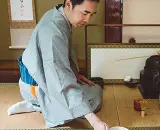
Todd Fong
Photographer, mentor, story teller. Tokyo-based, Oaktown (Oakland, California) born. My writing and photography work includes Voyapon.com, "Sheila Kimono Style" (photo book), 365 Japan, and Metropolis. My curiosity about Japan, its culture and its history is matched only by the number of places in Japan I have yet to explore.
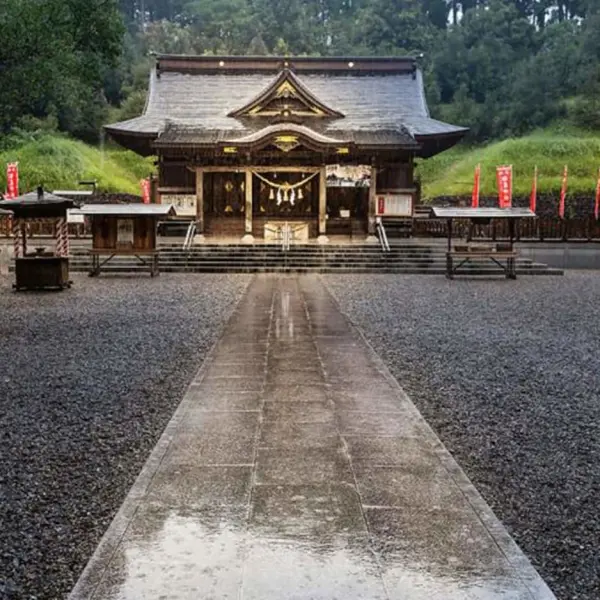 Road to Miyazaki
Road to Miyazaki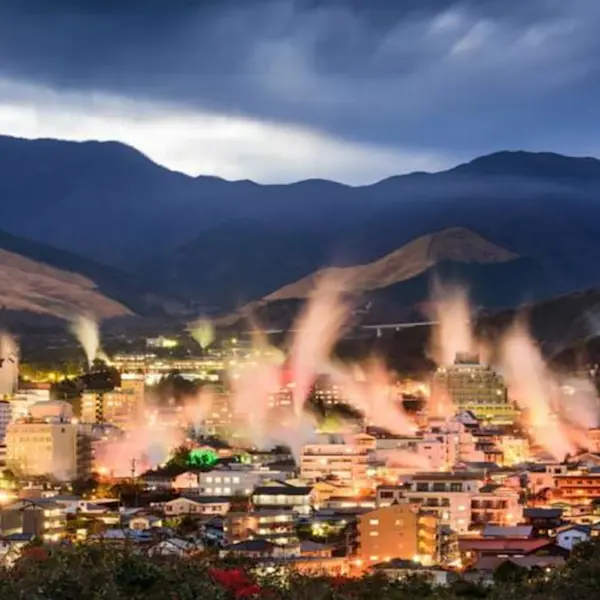 Beppu: An onsen for every taste
Beppu: An onsen for every taste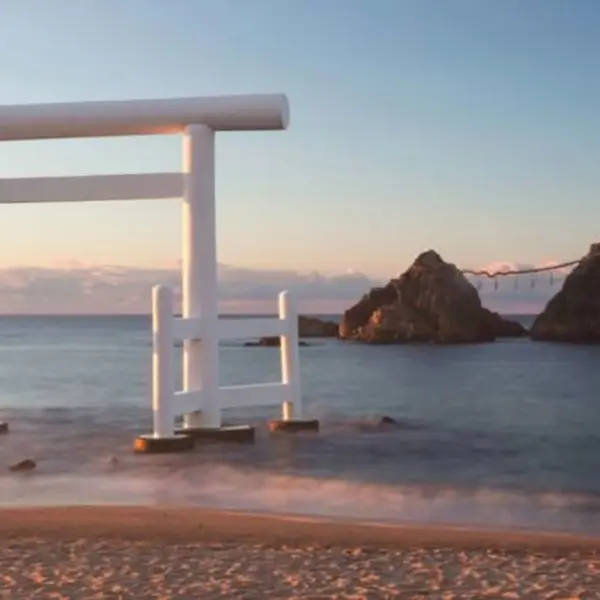 Slow down in Itoshima: Beach Cafés and Unforgettable Sunsets
Slow down in Itoshima: Beach Cafés and Unforgettable Sunsets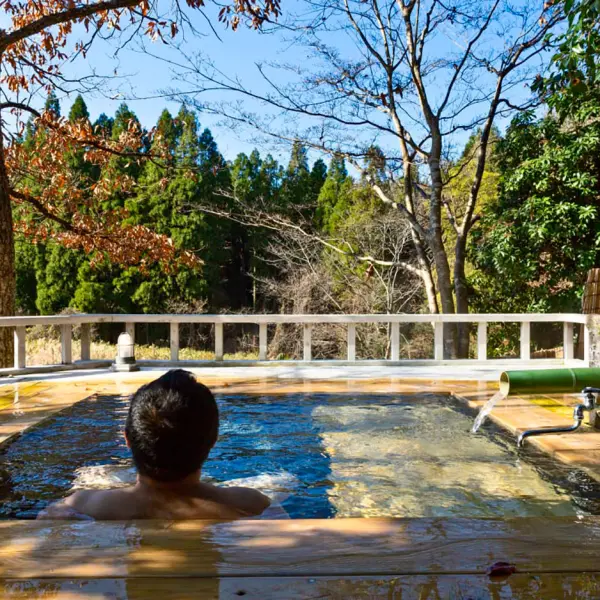 Waita Onsen Village - Spa-Hopping in Kumamoto’s Hot Spring Paradise
Waita Onsen Village - Spa-Hopping in Kumamoto’s Hot Spring Paradise Exploring Saga City and the Sake Street
Exploring Saga City and the Sake Street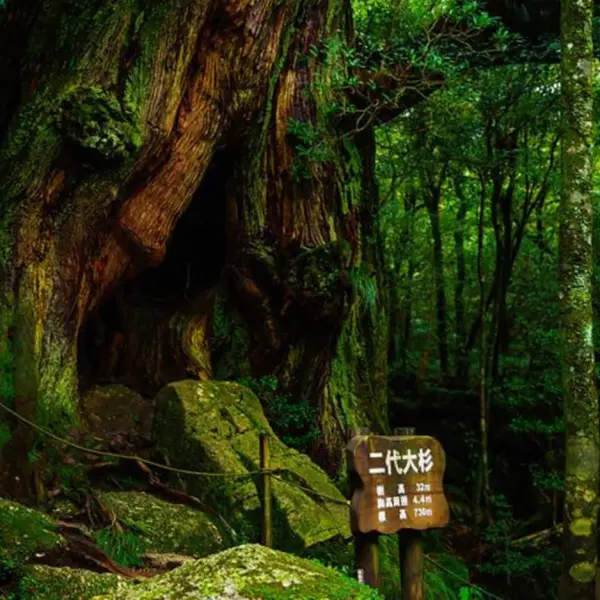 Yakushima: Island of Divinity
Yakushima: Island of Divinity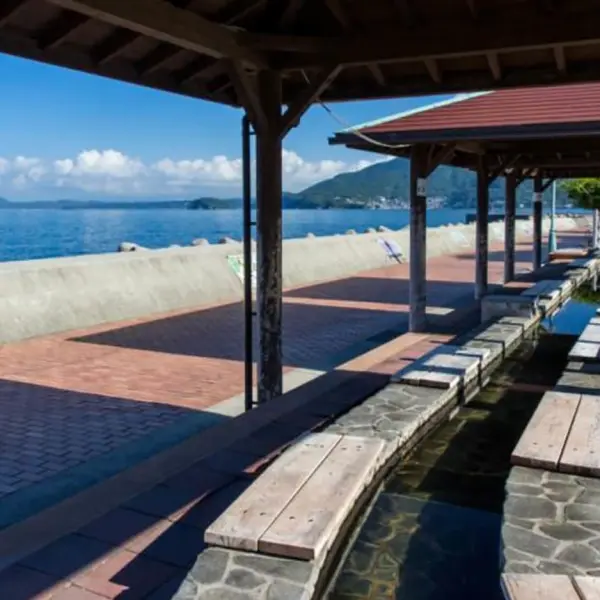 Obama Onsen: A Lovely Hot Spring Town by the Sea
Obama Onsen: A Lovely Hot Spring Town by the Sea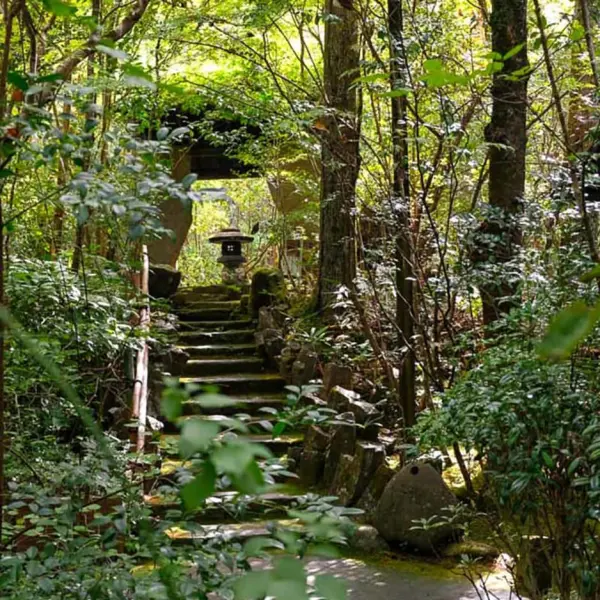 Sanso Tensui: A Luxury Onsen Retreat in the Forests of Oita
Sanso Tensui: A Luxury Onsen Retreat in the Forests of Oita Travel to Goto Islands in Nagasaki - Where Luxury and Convenience Awaits
Travel to Goto Islands in Nagasaki - Where Luxury and Convenience Awaits An onsen paradise – and culinary adventure – at Mount Aso
An onsen paradise – and culinary adventure – at Mount Aso




